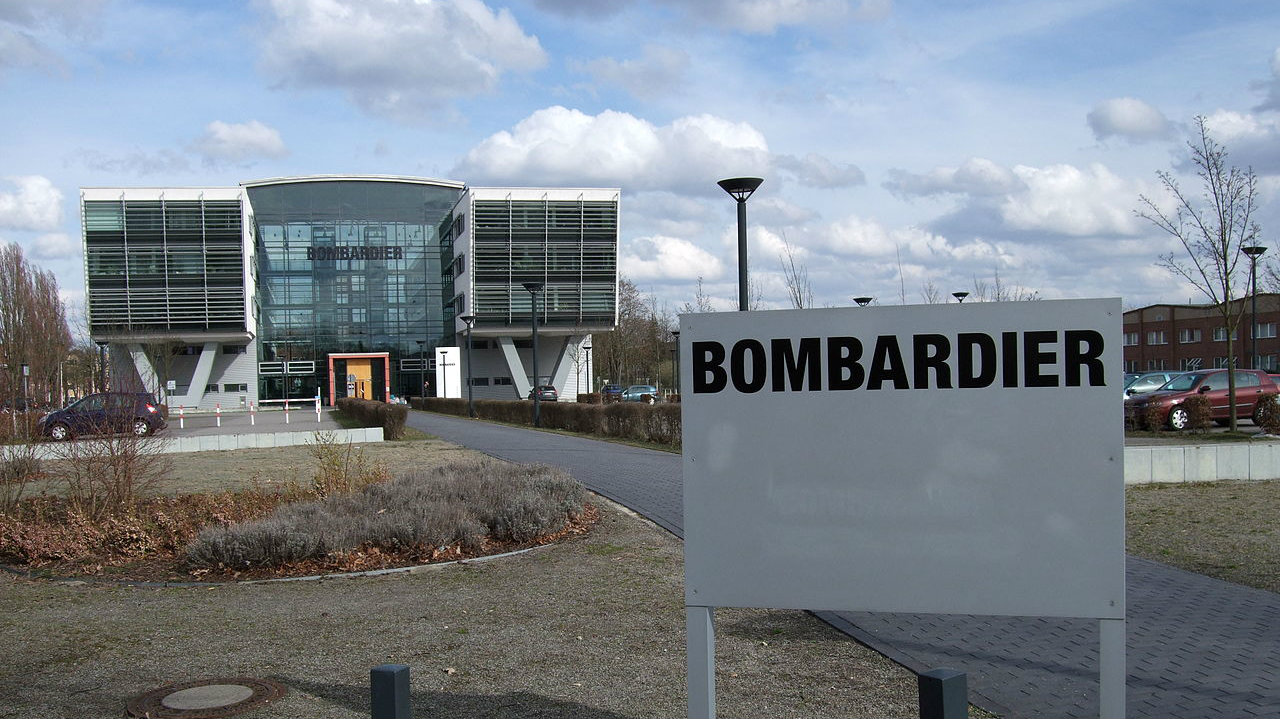There is no company on the market today that has been subjected to as much turmoil and confusion as Bombardier (TSX:BBD.B). Just over two years ago, the company was defying the odds by developing an innovative new jet that catered to a grossly underserved market dominated by a duopoly of aircraft manufacturers. Fast forward to one year later, and Bombardier was declared a victor in a David and Goliath battle over tariffs imposed on that same jet, only to cede the program to European behemoth Airbus.
And then just last month, I was among several individuals that noted how Bombardier was awash in potential, stemming from its new business line of jets, a myriad of new infrastructure projects, and its successful Q400 program.
Then came the firestorm announcement that was made last week.
Bombardier announced it would be cutting 5,000 jobs and selling both its turboprop unit as well as its training business. The measures are squarely aimed at focusing on Bombardier’s business on its successful line of business jets and trains. The sale of the units which Bombardier noted as being “non-core assets” will raise $900 million, with the final sales set to be finalized by the second half of next year. Other cutbacks across the business are targeted to save the company an additional $250 million annually.
Long-time followers of the company will recall a similar announcement two years ago that saw Bombardier axe 5,000 workers in an effort to streamline operations and place more emphasis on the CSeries, which, after its ownership change, is now referred to as the Airbus A220.
If that weren’t unexpected enough, Bombardier’s updated cash flow guidance now sees the company breaking even only once a $625 million land sale is taken into consideration. The previous guidance did not factor in the land sale capital injection.
To say that investors were not pleased would be an understatement.
Bombardier’s share price has now declined nearly 40% in the past month, with over half of that drop coming in the period following the announcement.
Are things at Bombardier really that bad?
Looking past this recent announcement, which was anything but good, there are still growth prospects at the company that investors should weigh in on.
First, there’s the performance of the company over the past three years, which has improved immensely. Back in 2015, the profit margin on the company’s rail division stood at 5.6%, while the business jet division saw an even slimmer 4.4% figure. Today, those margins are much improved to 9.3% and 8.4%, respectively.
Finally, there’s Bombardier’s growing backlog of orders and improving delivery record. On the aircraft side, the Global 7500 has already sold out through 2021 and has projected revenue potential of over US$8 billion annually within the next few years, whereas the rail segment is ramping up production and delivery on a myriad of existing projects, while new contracts continue to roll in, such as the 153 metro cars for Montreal announced this week as well as the announcement to supply 33 TRAXX locomotives to meet growing demand for markets in Europe.
Should you buy Bombardier or hold out?
No investment is without risk, but when it comes to Bombardier, the company has been known to be one of the riskier investments on the market.
While Bombardier has made significant progress in turning around over the past few years and does have a backlog of long-term projects that will keep the company busy and continue to grow revenue, investors would be better served in the more immediate term by selecting any number of other investments that can offer a less risky, yet more lucrative return.








